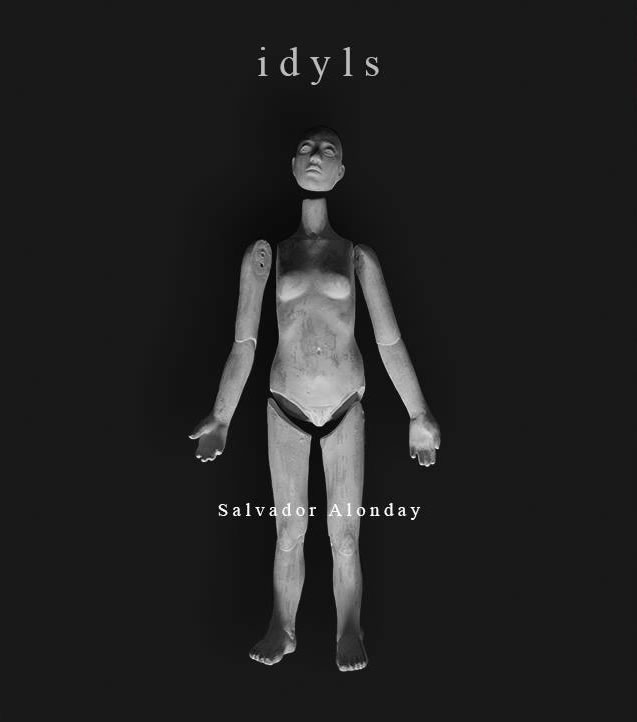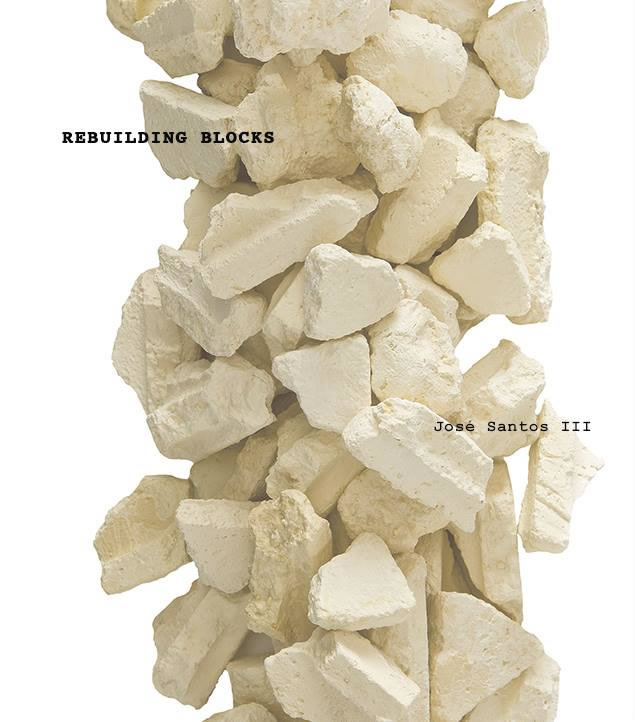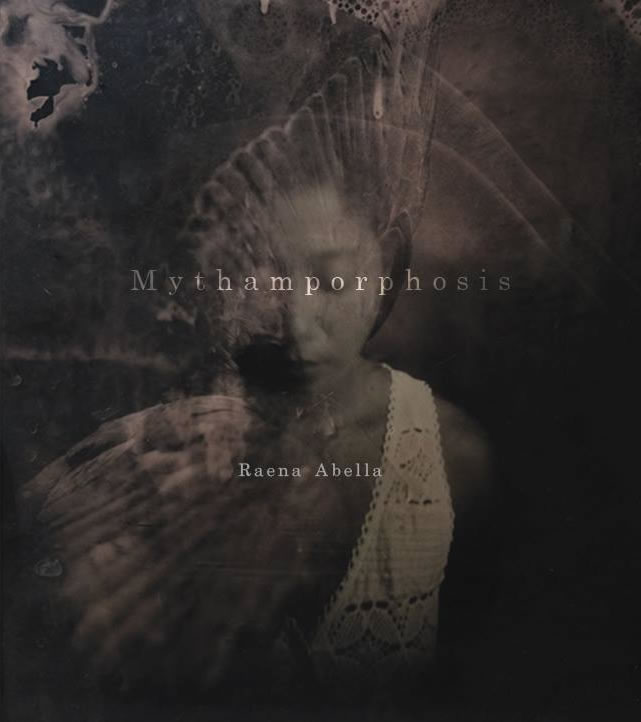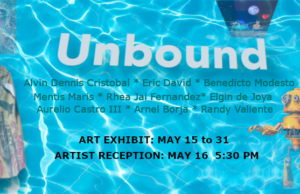Opening
Wednesday, November 25
at 6:00pm
Artinformal
277 Connecticut St. Greenhills East, Mandaluyong, Philippines
Main Gallery
IDYLS
Salvador Alonday

Of Idyls and Regeneration
Dwelling on poetry, on how the small begets larger, perhaps endless, articulations, leads us to the idyl, particularly on how Salvador Joel Alonday’s “Idyls” recall the form in its original sense; that is, small selections of verse structured in the manner of larger poems. Rhythm, scale and elegance of composition flow in the signature of Alonday’s rendering of feminine and masculine energies, returning us to a primal retelling of foreboding and longing. But also, speaking in metaphors that dig into our childhood precepts about nurturing and control.
These are sculptures in stoneware, individuated as assemblies of particular meanings, but collectively threading an encompassing narrative. Alonday’s telling though, is not an ordinate process. There are no chapters, no titles to these stories; no center or chronology structured the production and installation of these pieces.
Hence, the “Idyls” are almost as organically brought together. The artist intimates the improvisational factor in its becoming, of how the figures are thought out, assembled and re-assembled in continuous conversation with the clay. Alonday’s motivation is to weave assignments of conscious ideas with the unstructured memory of a collective unconscious. Much like how the psychologist Bruno Bettelheim harnessed the telling of fairy tales to help children come to terms and reconcile their primal desires with the tethering of social mores, unconscious content merges with conscious fantasies in the realms storytelling and myth-making as valuable tools in the formation of self-worth and selfhood. Likewise, primitive expressions such as the Maitum jars from Mindanao influence Alonday’s approach. These too are anthropomorphic vessels that agree, in Alonday’s words, “In the end, we are all untold stories.”
As the idyls must, a becoming is in order. The viewer is left to judge what could possibly come forth. Poetry’s license is art’s equal complicity with truths and lies. The repugnant and the tragic assert their own beauty. Bliss finds fruition after shattered innocence. We are finite creatures intent on regeneration.
words by Karen Ocampo Flores
Big Room
REBUILDING BLOCKS
José Santos III

Malleable Meanings
At first glance, the theme of the exhibit seems pretty straightforward. The title of the exhibit, Rebuilding Blocks, refers to two things: first, is the way the installation is set up so as to recreate a scene in a construction site; and the other, is that it refers to the fact that the work was included in the artist’s solo show 2hide back in 2014 and that the current exhibit is somewhat a rebuilding of a part of the past exhibit.
However, if one takes the time to look closely and examine a particular facet of the work, one will realize that it is more than a showcase of industrial materials, or a re-exhibition of an old work. And if the artist’s record says anything, it is that José Santos III’s approach to commonplace objects is anything but straightforward; he transmutes the mundane into objects of contemplation.
It is often said that artists have the ability to see things that others do not notice, which is partly true. However, a more accurate description would be that artists perceive something engaging or inquisitive in things that are visible to everyone but most people usually ignore -like an ordinary urinal; a composite of a bicycle seat and handlebars; or in this particular case, a heap of rubble.
Laid out in the exhibition space is not the actual debris but cast replicas of rubble. Initially it seems redundant because the replica and original seem one and the same. But it is also here where all the differences lie, for the awareness of the process of transformation is essential in order to fully understand the artist’s intentions.
Before the rubble pieces were transformed into an objet d’art, they served a different purpose. Tracing back the implied history of the original pieces, they were not crumbs out of a natural rock formation but were man-made, possibly once a part of a wall or some other concrete structure. From building blocks built into a structure; from structure demolished into ruins; from rubble transposed into multiples. The idea of highlighting a cycle of change in an everyday object is the very essence of the whole process of “rebuilding”.
And thus, this leads to the question: what then is the rationale in creating a replica?
Aside from the fact that epoxy is a material that exhibits durability and permanence, more than anything else it is because of the raw qualities of the casting material: it’s intrinsic color, texture, imperfections, it’s hollowness and it’s actual weight. All of these were considered because it adds another layer as to how the object is viewed and experienced. By transforming and presenting each individual piece into objects that show the material in all its rawness, the artist reconstructs such everyday objects into unabated curiosities. This change in perception results in a suspension of judgment, conclusion and recall.
As Gillo Dorfles points out in the introduction of the book The Man-made Object, Objects which are originally destined to the garbage dump, when transformed into an artistic object, acquires a value, symbolic both in respect to the world from which they are taken, and as representation, or better, as privileged ‘presentation’ of themselves.1 At this phase, the mere choosing of the pieces by the artist already place them under the category of art objects.
As the background story of the work gains clarity, does the viewer need to be confined to only one way of reading the work? No. As in the history of these pieces of rubble, the value and meaning of objects are not rigid. They change with time. It was stated that the heaps of cast debris were part of a previous exhibit and at the time the work was presented in a different way and in a different context. By doing this, the artist tacitly gives permission to the viewers to create their own take on the message of the work as there is no fixed meaning.
The process of the understanding and appreciation of any artwork can be described as a series of deconstructions and rebuilding; breaking down the work’s components, scrutinizing each part, and then coming up with an interpretation. Sometimes, even in the midst of contemplation, a new morsel of information is thrown into the mix and reconfigures the way the work is read by a particular individual. Thus, the wheelbarrow is at ready to transport these fragments, with malleable meanings, to their next context, in their next alteration.
1 Gillo Dorfles, The Man-Made Object taken from The Man-Made Object edited by Gyorgy Kepes; (George Braziller, Inc. 1966) pp. 7
words by Ioannis Sicuya
Inner Room
MYTHAMPORPHOSIS
Raena Abella

The solo exhibit is a meditation on mythology, nostalgia, and transformation. This current series draws from the visceral strains of Ted Hughes’ rendering of Ovid’s tales, transposing the darker pastoral and depth of the psyche in the realm of fragile glass.
The artist’s vision is poured onto the natural and metaphysical world, with creatures and portraits, images of the surreal and self, wafting on darkened plates through the wet plate collodion process.
Wet plate collodion is an alternative and intensive 19th century development technique that involves painstaking attention to detail, the alchemy of volatile substances, and the inimitable portrayal of subjects in vivid detail with an ethereal feel. Through collodion, the photograph is not taken, but given to the artist and audience through an interplay of chance and skill, and the serendipitous dance of light and time.
Both Raena’s narratives and her unique craft mirror the process of growth, where the viscerally potent becomes the hauntingly sublime.
Invite:
https://www.facebook.com/events/766899780081456






























